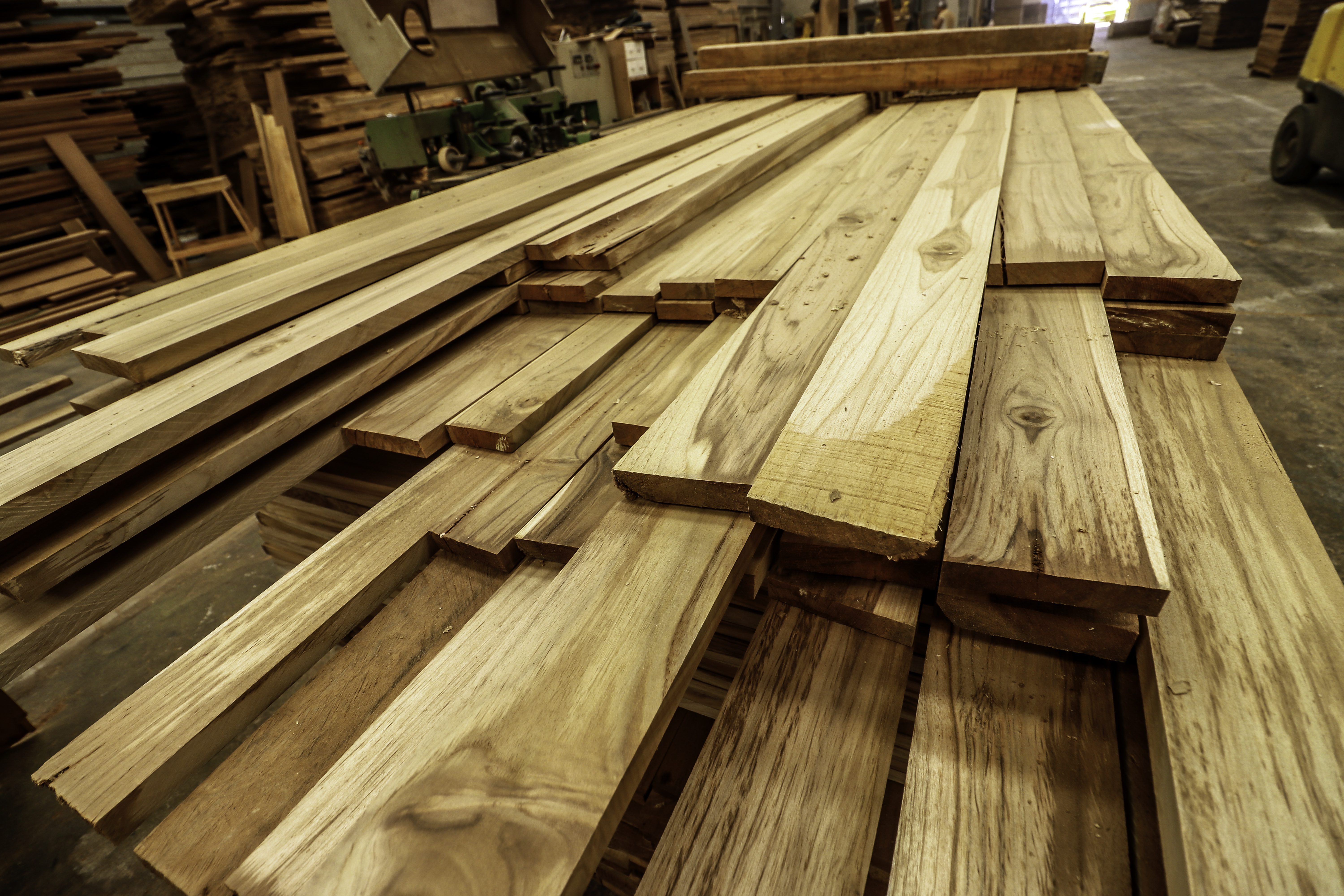Feasibility study for a phenol removal system in a wood transformation plant (LA21)
ISSUE
During the process of a wood processing plant, the treated wood must pass through a dryer. Discharges of water coming out of the kiln contain a high concentration of phenol. However, since these discharges flow directly to the sewer, they must comply to the applicable wastewater municipal regulation.
TECHNOLOGICAL CHALLENGE
The regulation specifies that rejected liquids must not have a pH lower than 5.5. The regulation specifies also that process water discharges to the sewer must not exceed 1.0 mg / liter in phenol concentration.
RECOMMENDED SOLUTION
Several technologies have been evaluated to find out the best one for this specific application. Among them, we have evaluated the following type of technologies:
- Chemical oxidation by Ultraviolet and/or oxidant.
- Biological treatment.
- Removal of phenol by adsorptive media.
RESULTS
After an exhaustive analysis of the best available technologies (BAT) it has been concluded that the absorptive media technology would be the most profitable way to reach the regulation at the best price.

EXPERTISE
Waste water treatment
INDUSTRY
Wood processing industry
TASK PERFORMED
Feasibility study
ESTIMATED COST
8500 CAD $
YEAR
2004